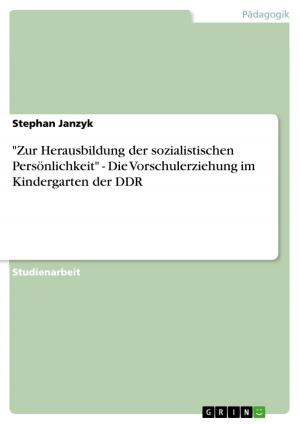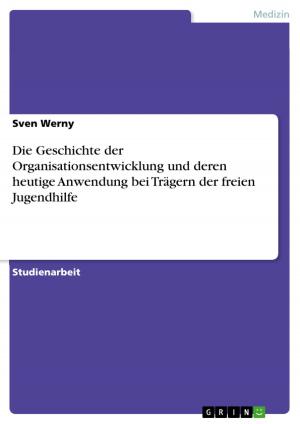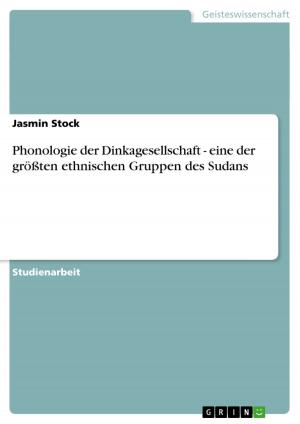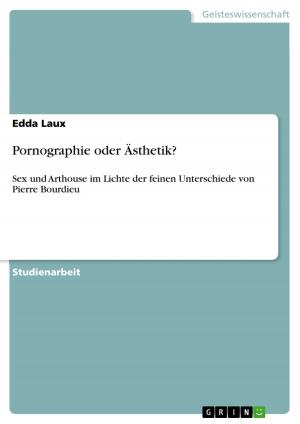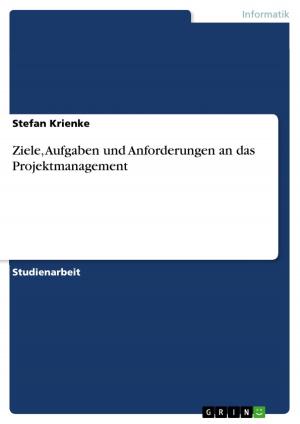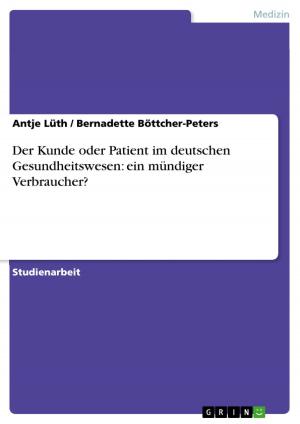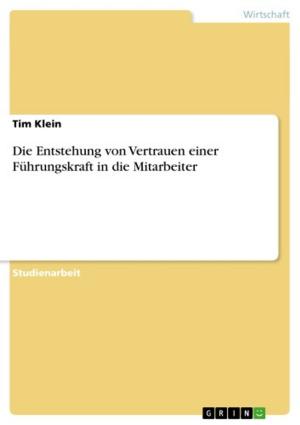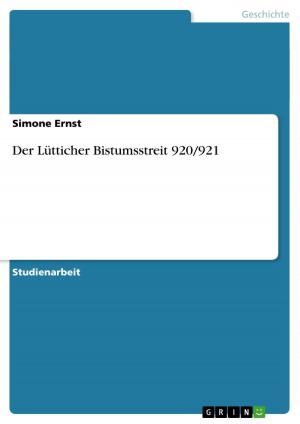The Effect of Single Amino Acid Mutations on the Function of the RNA-Dependent RNA Polymerase (RdRp) of the Tomato Bushy Stunt Virus (TBSV)
Nonfiction, Science & Nature, Science, Biological Sciences, Genetics| Author: | Mark Laible | ISBN: | 9783640994304 |
| Publisher: | GRIN Verlag | Publication: | August 29, 2011 |
| Imprint: | GRIN Verlag | Language: | English |
| Author: | Mark Laible |
| ISBN: | 9783640994304 |
| Publisher: | GRIN Verlag |
| Publication: | August 29, 2011 |
| Imprint: | GRIN Verlag |
| Language: | English |
Internship Report from the year 2008 in the subject Biology - Genetics / Gene Technology, grade: 1,0, Johannes Gutenberg University Mainz (Alplanta - Plant Research Institue), language: English, abstract: The tomato bushy stunt virus (TBSV) is a plant virus and a member of Tombusviridae family. It has a -4.8 kb, single-component plus-strand RNA genome that is directly translated into the two proteins p33 and p92. Based on sequencing analysis, p92 was predicted to have RNA-dependent RNA-polymerase (RdRp) activity which has been intensively studied in vitro and in vivo. Despite the increasing number of studies on the characterization of RdRp activity and structure, the precise molecular mechanisms remain unclear. The aim of this work, was to identify aminoacids in the so called F-motif of the TBSV RdRp, which are essential for its correct function. The F-motif was not well described but was thought to confer RNA binding properties. Essential aminoacids were identified by site directed mutagenesis of single aminoacids in the F motif and subsequent testing of infectifity of the virus, which served as a measure of functionality of the polymerase. In the beginning of this study, the site directed mutagenesis kit from stratagene was used, later a cost effective homemade mutagenesis kit was established. Mutated virus DNA was in vitro transcribed and inoculated onto the leaves of Nicotiniana benthiana plants. RNA was isolated from infected plants and subjected to reverse transcription, cloning and sequencing. By this approach we were able to determine if the mutated aminoacid had reverted back (by mutation and selection) to the original or a different aminoacid indicating the importance of a specific physicochemical property in this position. Using the approach described above, we could identify several essential as well as non essential aminoacids within the conserved F-motif of the TBSV RdRp. This knowledge could lead to a better understanding of the biochemical mechanisms by which viral RNA dependent RNA polymearases function.
Internship Report from the year 2008 in the subject Biology - Genetics / Gene Technology, grade: 1,0, Johannes Gutenberg University Mainz (Alplanta - Plant Research Institue), language: English, abstract: The tomato bushy stunt virus (TBSV) is a plant virus and a member of Tombusviridae family. It has a -4.8 kb, single-component plus-strand RNA genome that is directly translated into the two proteins p33 and p92. Based on sequencing analysis, p92 was predicted to have RNA-dependent RNA-polymerase (RdRp) activity which has been intensively studied in vitro and in vivo. Despite the increasing number of studies on the characterization of RdRp activity and structure, the precise molecular mechanisms remain unclear. The aim of this work, was to identify aminoacids in the so called F-motif of the TBSV RdRp, which are essential for its correct function. The F-motif was not well described but was thought to confer RNA binding properties. Essential aminoacids were identified by site directed mutagenesis of single aminoacids in the F motif and subsequent testing of infectifity of the virus, which served as a measure of functionality of the polymerase. In the beginning of this study, the site directed mutagenesis kit from stratagene was used, later a cost effective homemade mutagenesis kit was established. Mutated virus DNA was in vitro transcribed and inoculated onto the leaves of Nicotiniana benthiana plants. RNA was isolated from infected plants and subjected to reverse transcription, cloning and sequencing. By this approach we were able to determine if the mutated aminoacid had reverted back (by mutation and selection) to the original or a different aminoacid indicating the importance of a specific physicochemical property in this position. Using the approach described above, we could identify several essential as well as non essential aminoacids within the conserved F-motif of the TBSV RdRp. This knowledge could lead to a better understanding of the biochemical mechanisms by which viral RNA dependent RNA polymearases function.

